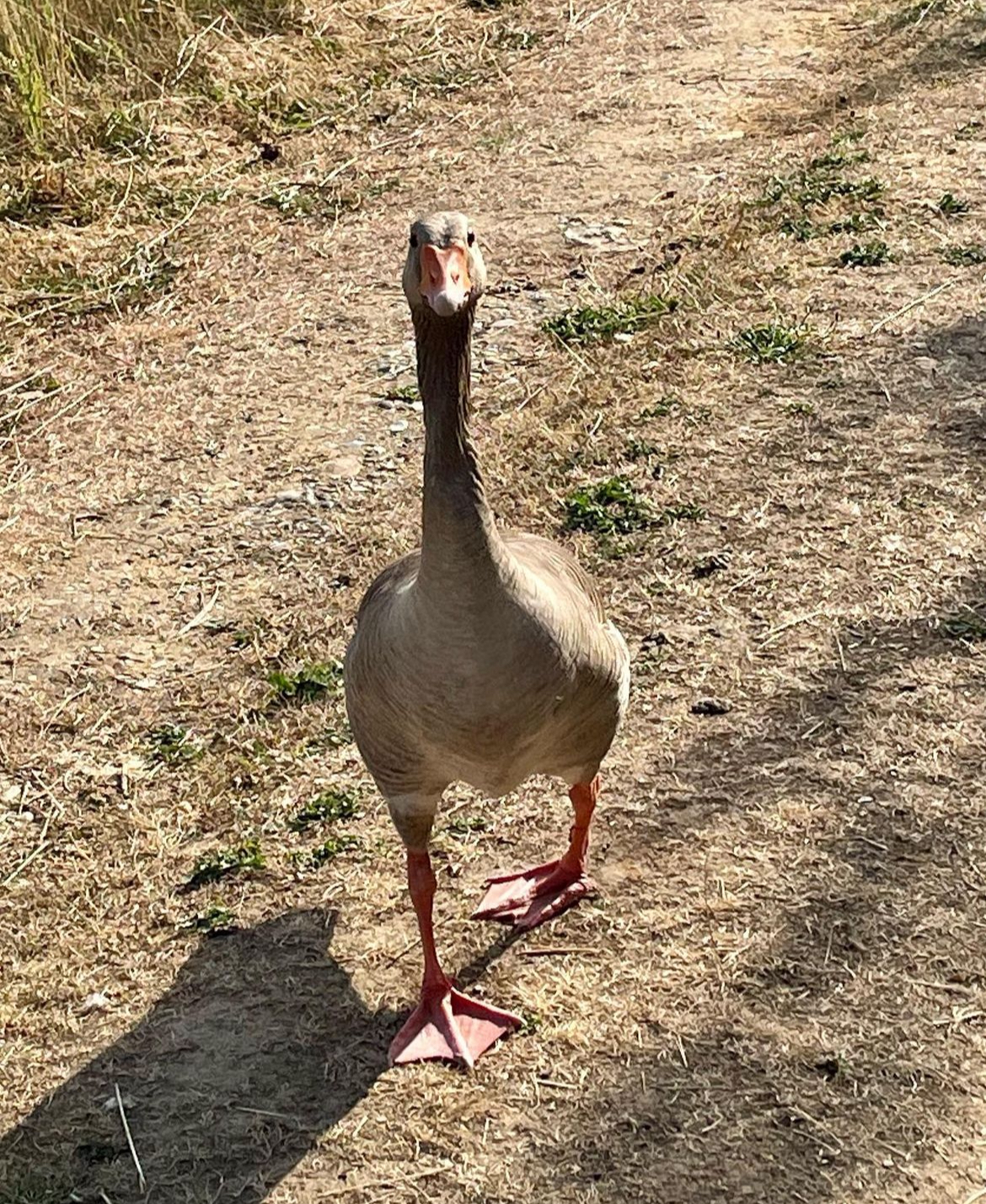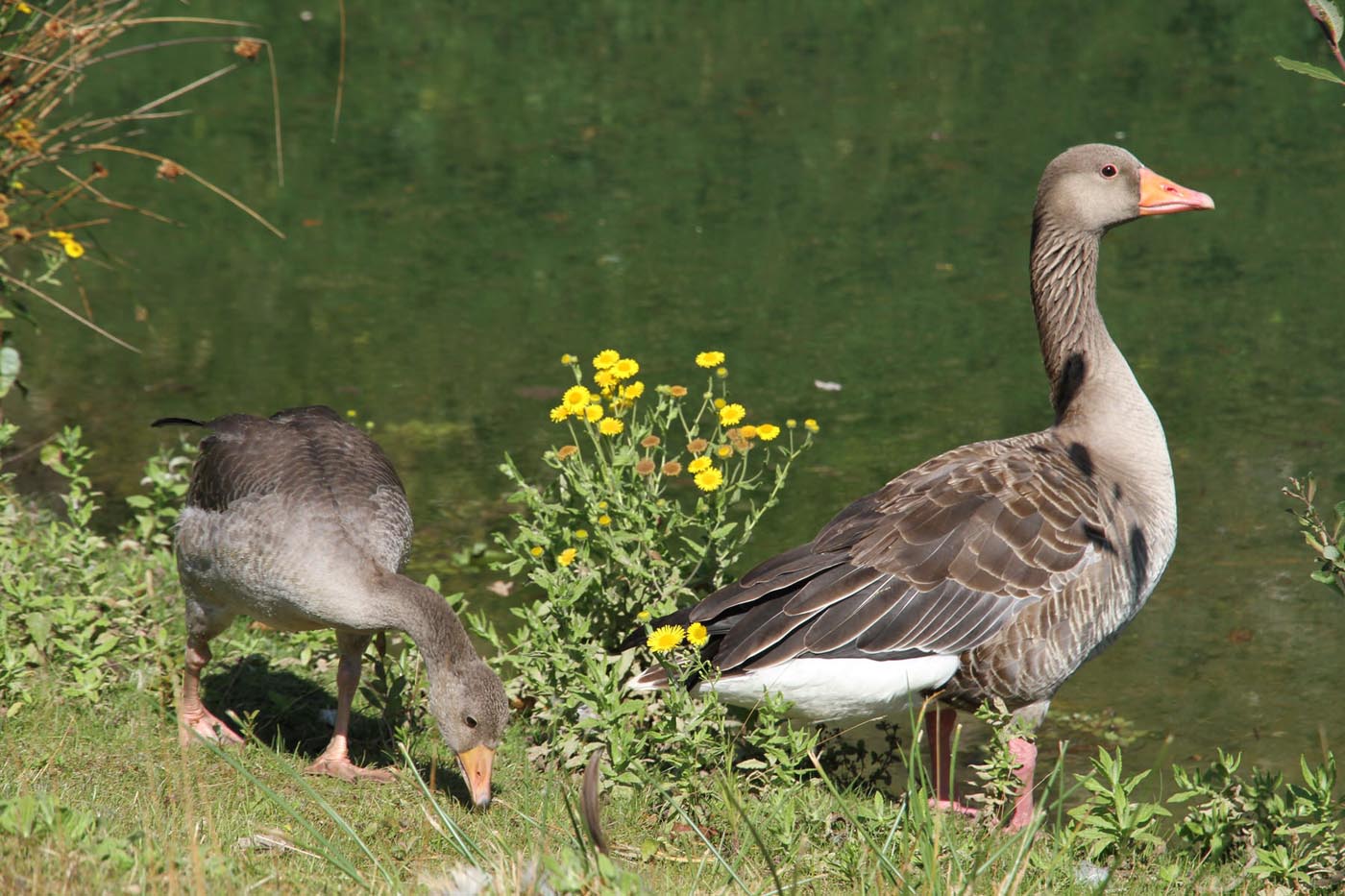The Grey Lag Goose (Anser anser) is a prominent bird species in the UK, known for its distinctive appearance and migratory habits. It is the ancestor of domesticated geese and has been present in the UK for centuries.
Grey Lag Geese primarily feed on grasses, grains, and aquatic vegetation, which they graze on in fields, meadows, and wetlands. They are often found in a variety of habitats, including marshes, lakes, rivers, and coastal estuaries, where they can find suitable nesting sites and ample food sources.
Their habitat in the UK includes various environments, from rural farmland to urban parks and nature reserves, where they can find suitable nesting sites and abundant food sources.
Grey Lag Geese are social birds, often seen in large flocks or family groups, particularly during the winter months when they gather in wetlands and estuaries. They are known for their loud honking calls and synchronised flight formations.
The average lifespan of a Grey Lag Goose is around 10 to 15 years, although some individuals may live longer in favourable conditions.
In cultural references, Grey Lag Geese have been depicted in various artworks, literature, and folklore throughout history. They may symbolise themes of migration, wilderness, and the changing seasons. For example, they are mentioned in traditional folk songs and poems celebrating the natural world.
An interesting fact about Grey Lag Geese is their remarkable migratory behaviour. Many populations breed in northern Europe, including the UK, and migrate south to warmer regions such as southern Europe and North Africa during the winter months. This annual migration allows them to exploit a wide range of habitats and food sources throughout the year.


